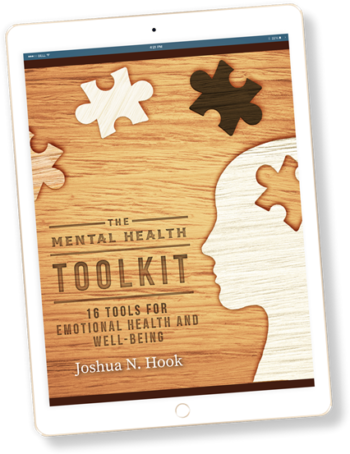3 Steps to Enter the Danger
December 8, 2019
Categories: Organizational Health
When consulting with an organization, Patrick Lencioni says one key is to “Enter the Danger.” In any organization, especially a dysfunctional one, there are unspoken issues and problems flying under the radar. It’s uncomfortable to discuss these dynamics, or bring them up, so they often go unresolved. But if you really want an organization to change for the better, you have to bring these problems up for honest discussion and work through them.
Avoiding Discomfort
This is easier said than done! There’s a reason why these underlying dynamics are so often unaddressed. It’s uncomfortable to bring up something that might cause conflict or discord. We are so often encouraged in our culture today to “be a nice person” that we have lost our ability to honestly bring up problems and work through conflict. But again, if you really want to make a positive impact, this is where it’s at.
3 Steps to Enter the Danger
Here is a 3-step process I have used in my own life to enter the danger.
- Listen to your gut. It’s important to learn to trust your gut for when things seem off. For example, do folks avoid talking about certain topics? Are certain people in the organization not able to talk to one another without their communication breaking down? Do people commit to a course of action but don’t follow through? Is there a mismatch between a person’s words and affect? Get in touch with your inner radar for when something seems off. A good signal is any feeling of anxiety, discomfort, or awkwardness. These feelings are actually gifts—follow those signals. If something seems off, this is the direction you want to go.
- Stop what’s going on and process. This next step is critical. When you start feeling any of those signals in your gut, you need to stop what’s going on and process the issue. This is where most people slip up. The temptation is to let it slide and not address the issue. If you want to make a positive change in your organization, you can’t do this. Get in the habit of immediately stopping what’s going on and enter the danger. Bring up what you’re feeling and ask if anyone else feels the same way. See where the discussion goes. But whatever you do, don’t just ignore it for the sake of avoiding conflict.
- Work out what comes up. The final step is to work through whatever comes up. Maybe it’s an interpersonal conflict that has been brewing under the surface for years. Maybe it’s a lack of commitment from certain employees to the mission of the organization. Whatever it is, often the most important priority (the thing that will make the biggest difference) is the uncomfortable discussion that has been avoided. It’s amazing how the energy in an organization is sapped when negative problems lurk unresolved under the surface. When the unresolved issue is dealt with (even if it involves doing something difficult like firing someone), it’s amazing to see the energy of an organization return with vigor.
Discussion
What do you think of the idea of “enter the danger?” Have you noticed any unresolved issues or problems lurking underneath the surface of your organization? How could you work to bring those up so they can be resolved?

Related Thoughts

Subscribe To My Newsletter
Join my mailing list to receive the latest blog posts.
Receive my e-book “The Mental Health Toolkit” for free when you subscribe.



